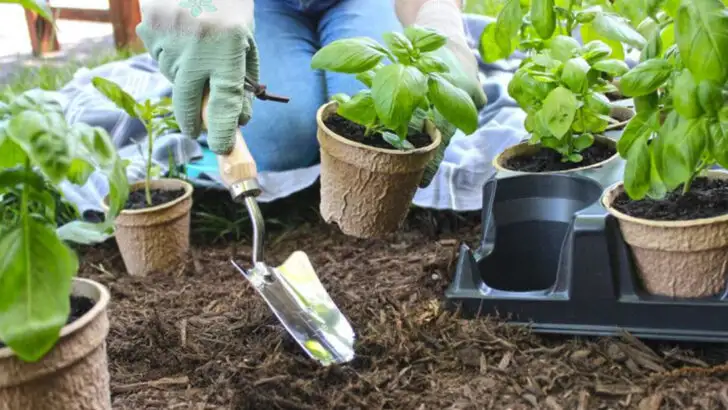Summer 2025 is shaping up to be a season of fresh, exciting gardening trends that are transforming how we grow, decorate, and enjoy our outdoor spaces. From sustainable techniques to stylish DIY projects, gardeners everywhere are embracing new ideas that blend creativity with practicality. If you want your garden to stand out this year, knowing what’s trending can give you a big head start.
These innovative trends aren’t just about looks—they’re about making gardening easier, more rewarding, and better for the environment. Whether it’s clever ways to save water, growing food in unexpected places, or creating natural sanctuaries for pollinators, there’s something in this list for every gardener. Best of all, many of these trends are surprisingly simple to adopt.
Ready to refresh your green space and impress your friends? This guide breaks down the top 15 gardening trends of 2025 and offers practical tips on how you can bring them to life, no matter your skill level or space. Get ready to dig in and make this summer your garden’s best yet.
Smart Irrigation Systems
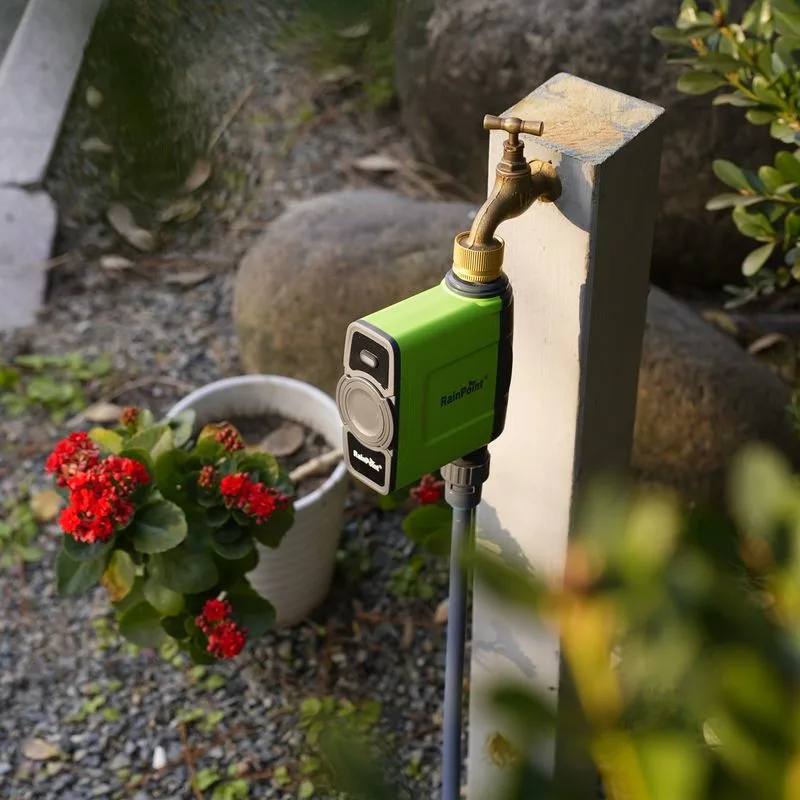
Imagine never worrying about watering your plants again. Smart irrigation systems are making this possible with technology that senses soil moisture and weather forecasts, delivering water precisely when needed. This not only saves water but ensures plants thrive. These systems are particularly useful for urban gardeners who juggle busy lifestyles. The convenience of controlling irrigation from a smartphone app adds to their appeal. With options to customize watering schedules, gardens can remain lush without daily maintenance. More than just convenience, smart irrigation systems contribute to sustainable gardening by reducing water waste.
Vertical Vegetable Gardens
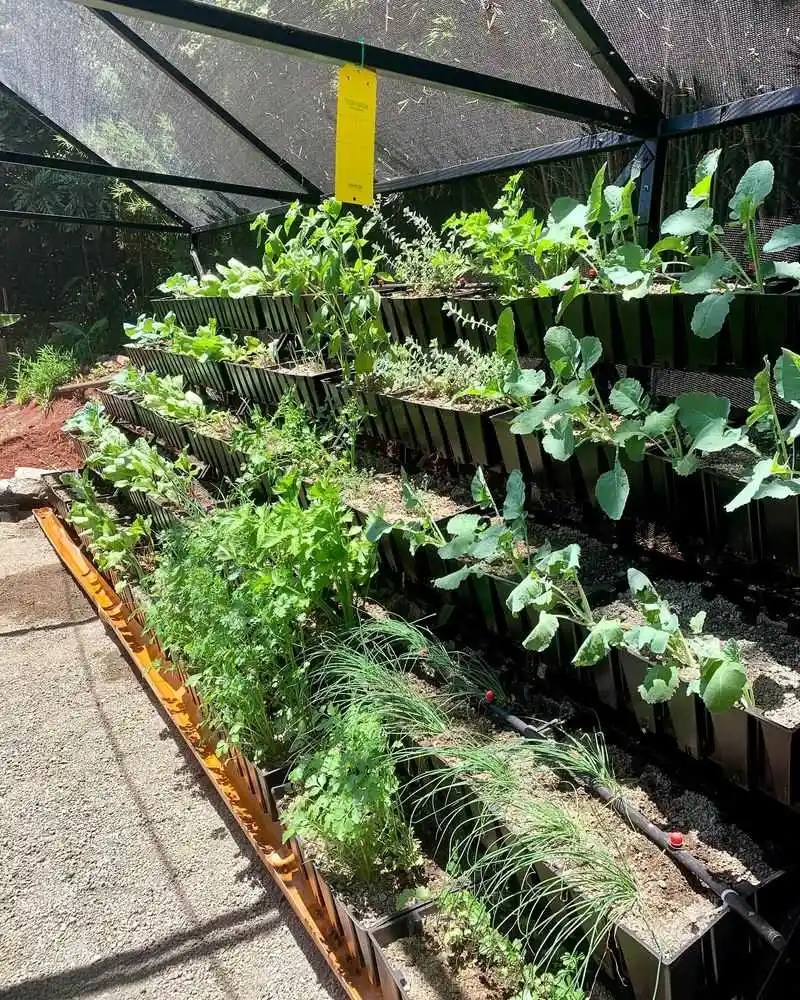
Space constraints are no longer a barrier to growing your own vegetables. Vertical vegetable gardens allow city dwellers to cultivate fresh produce on walls, balconies, or small backyards. These gardens maximize limited space while adding an appealing green touch to urban environments. Innovative structures support a variety of plants, from tomatoes to herbs, offering a sustainable food source. Vertical gardens also help improve air quality and can reduce energy costs by insulating buildings. This trend is perfect for anyone wishing to enjoy homegrown produce without needing a large plot of land.
Pollinator Pathways
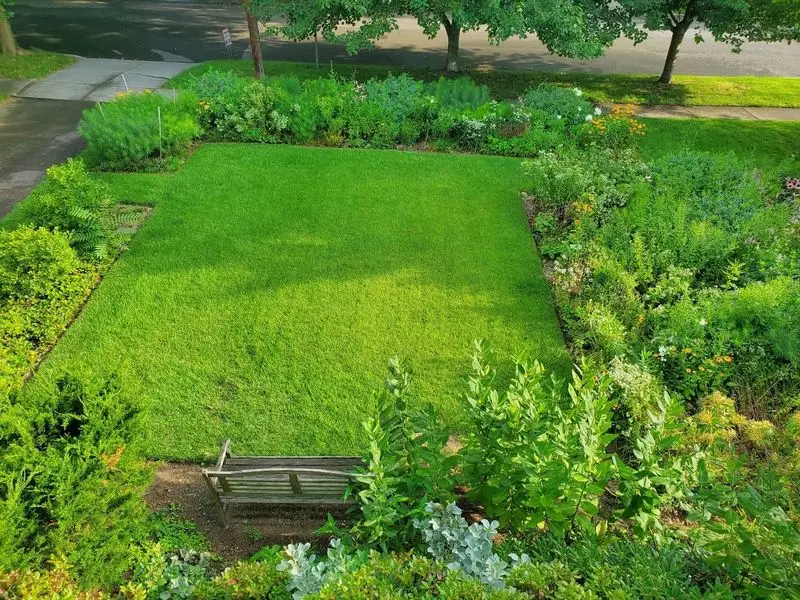
Pollinator pathways are transforming gardens into vibrant ecosystems buzzing with life. By planting flowers that attract bees, butterflies, and other pollinators, these pathways support biodiversity and improve plant health. Gardeners are choosing native plants and creating habitats that sustain pollinators throughout the growing season. This trend is especially vital as pollinator populations face decline. Gardens become sanctuaries for these essential creatures, fostering a healthy ecosystem. Beyond their ecological benefits, pollinator pathways add color and movement, making gardens feel lively and dynamic.
Edible Landscaping
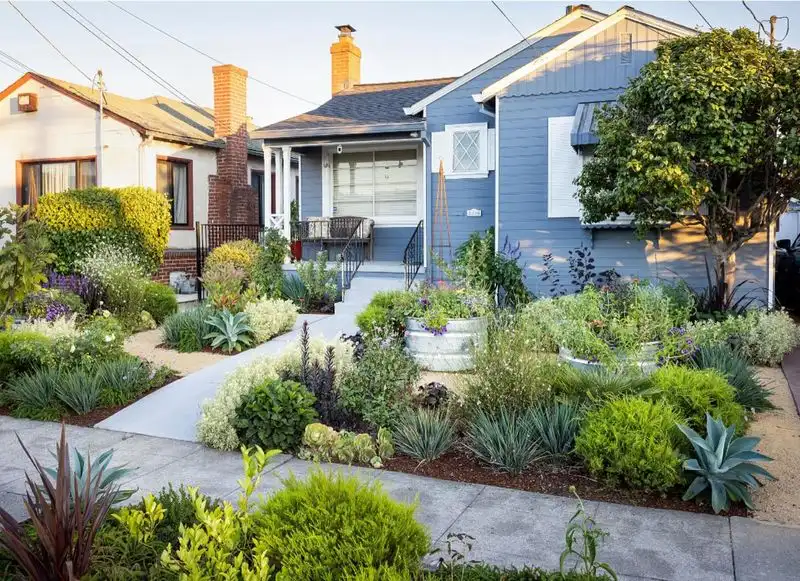
Why separate beauty from utility? Edible landscaping seamlessly combines decorative gardening with the cultivation of food. This trend integrates fruit-bearing trees, vegetable patches, and herbs into traditional garden designs, creating a functional and visually pleasing environment. Homeowners are embracing edible landscaping to enjoy fresh produce without sacrificing aesthetics. It provides a practical solution for those looking to reduce their carbon footprint by growing food at home. With careful planning, gardens can be both a feast for the eyes and the table, offering a harmonious blend of form and function.
Wildlife Ponds
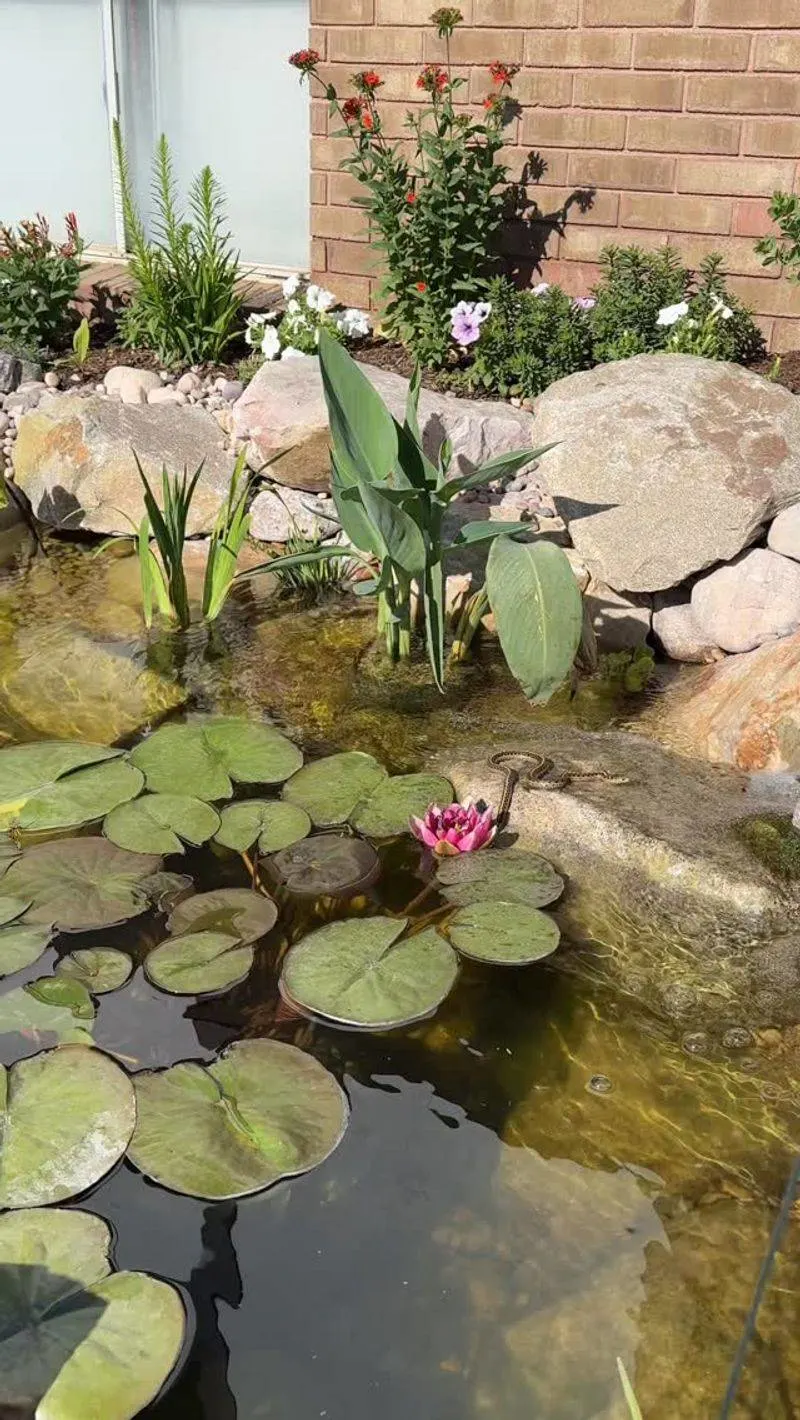
Wildlife ponds are becoming a cornerstone of eco-friendly gardening. These water features offer vital habitats for various creatures, from frogs to insects, promoting biodiversity. By incorporating a pond into a garden, homeowners create a tranquil space that supports wildlife. Ponds also act as natural water reservoirs, helping to manage rainfall and prevent flooding. This trend appeals to those who enjoy observing nature up close and wish to create a balanced ecosystem in their garden. With careful design, a wildlife pond becomes a focal point, adding beauty and life to any outdoor space.
Biodegradable Planters
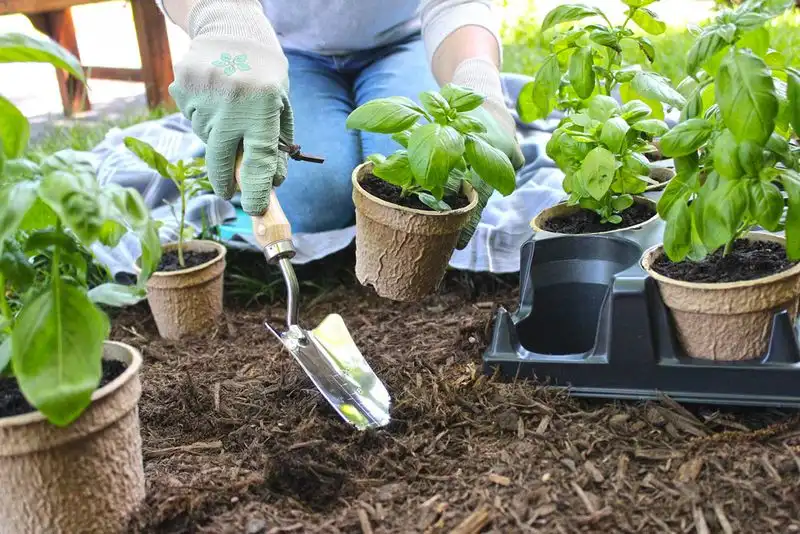
In the quest for sustainability, biodegradable planters offer an eco-conscious alternative to traditional pots. Made from materials like coconut coir, peat moss, and recycled paper, these planters decompose naturally, enriching the soil. They reduce plastic waste and are perfect for starting seedlings or planting annuals. As they break down, they nourish the garden, integrating seamlessly into the ecosystem. This trend caters to environmentally aware gardeners who seek sustainable choices. Biodegradable planters are a simple yet impactful way to garden responsibly, aligning with the growing demand for green solutions.
No-Mow Lawns
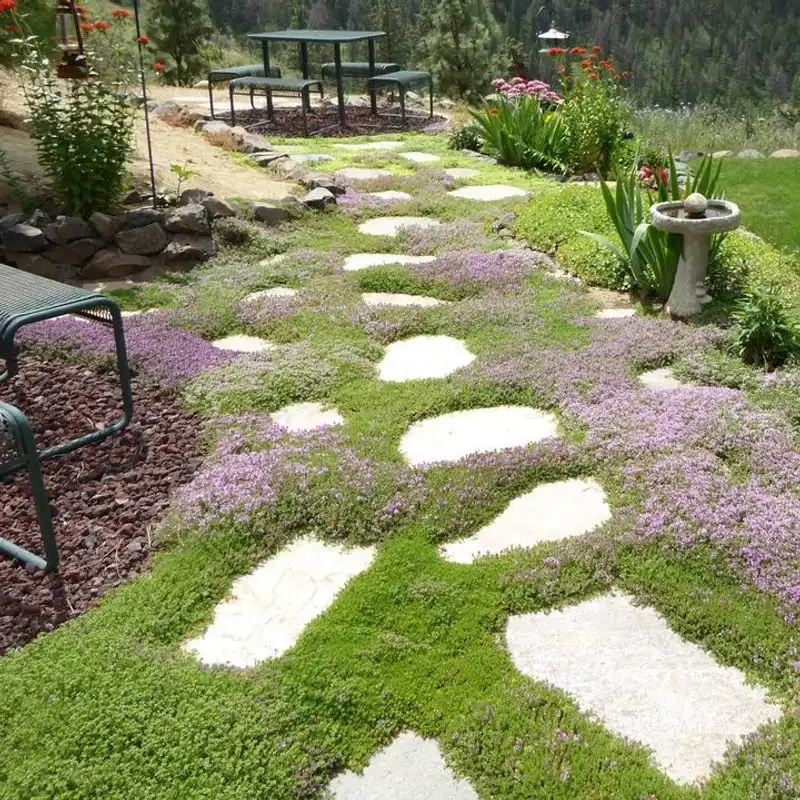
The traditional lawn is getting a makeover with the rise of no-mow lawns. By replacing grass with a mix of wildflowers and native plants, gardeners create low-maintenance landscapes that thrive with minimal intervention. This trend reduces the need for mowing, watering, and fertilizing, making it both eco-friendly and time-saving. No-mow lawns also support local wildlife, providing habitats for insects and birds. For those wanting to reduce their garden’s environmental impact without losing beauty, this approach offers a natural, untamed aesthetic that celebrates nature’s wild side.
Smart Garden Gadgets
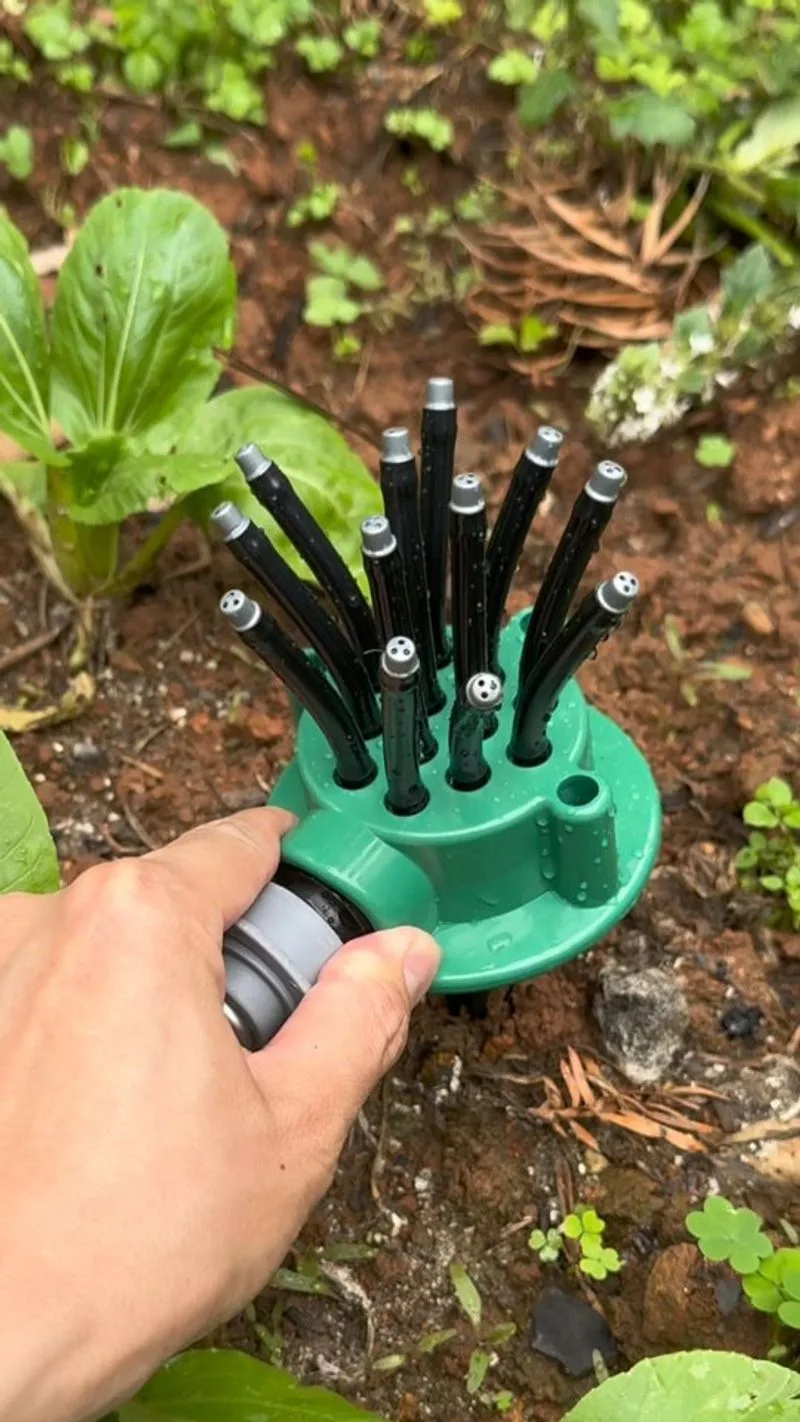
Technology is revolutionizing gardening with smart garden gadgets. These tools, including weather sensors, automated lighting, and plant health monitors, provide gardeners with real-time data and control. By utilizing these gadgets, maintaining a garden becomes more efficient and informed. They offer insights into soil conditions, light levels, and plant health, allowing for precise care. For tech-savvy gardeners, smart gadgets represent the future of gardening, combining convenience with innovation. This trend is ideal for those who want to embrace modern technology to enhance their gardening experience and optimize plant care.
Aquaponics Systems
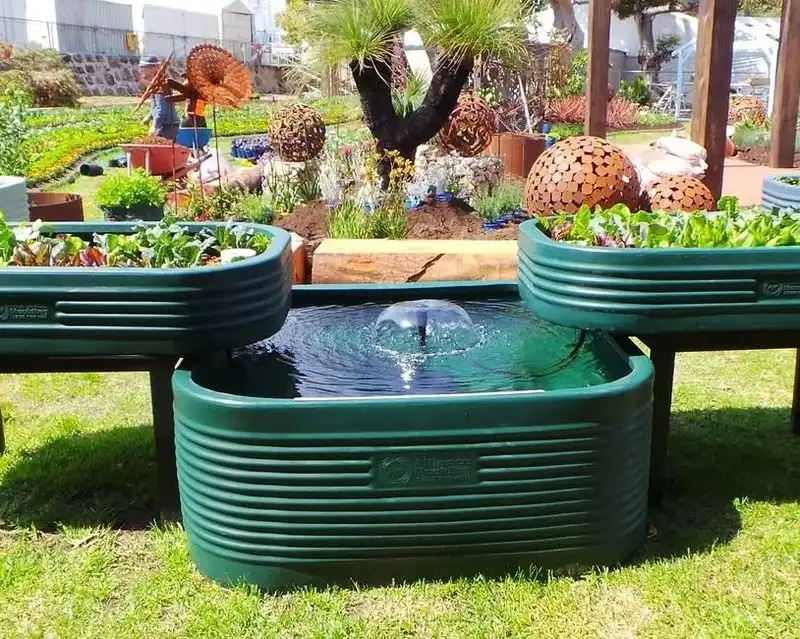
Aquaponics merges fish farming with hydroponics, creating a symbiotic system where fish waste nourishes plants. This method is gaining traction as a sustainable way to produce food in limited spaces. By using water efficiently and eliminating the need for soil, aquaponics systems deliver fresh produce and fish, making them perfect for urban gardeners. As interest in sustainable living grows, aquaponics offers a practical solution for those wanting to harvest their own food. This trend supports a closed-loop ecosystem, minimizing waste and maximizing productivity, aligning with eco-conscious values.
Native Plant Gardens
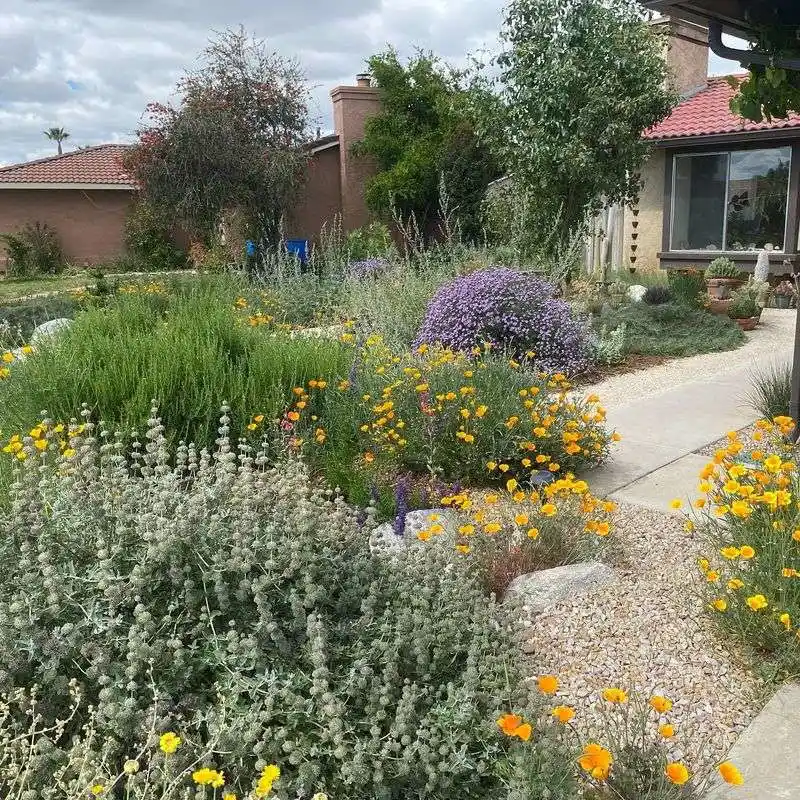
Native plant gardens are gaining popularity for their ecological benefits and low maintenance. By focusing on plants adapted to local climates, these gardens require less water and care while supporting native wildlife. This trend aligns with sustainable gardening practices, reducing the need for chemical fertilizers and pesticides. Gardeners are increasingly drawn to the beauty and resilience of native plants, which offer a sense of place and connection to the local environment. Native plant gardens provide a haven for wildlife and a sustainable approach to gardening that benefits both people and nature.
Garden Rooms

Garden rooms are redefining outdoor spaces by creating dedicated areas for relaxation and entertainment. These outdoor extensions of the home blend nature with comfort, offering a peaceful retreat. With comfortable seating, ambient lighting, and an abundance of greenery, garden rooms transform gardens into versatile living spaces. This trend appeals to those seeking a seamless transition between indoor and outdoor living. Garden rooms provide a serene escape from daily life, allowing for relaxation amidst nature. They also offer a stylish setting for social gatherings, enhancing the overall garden experience.
Microclover Lawns
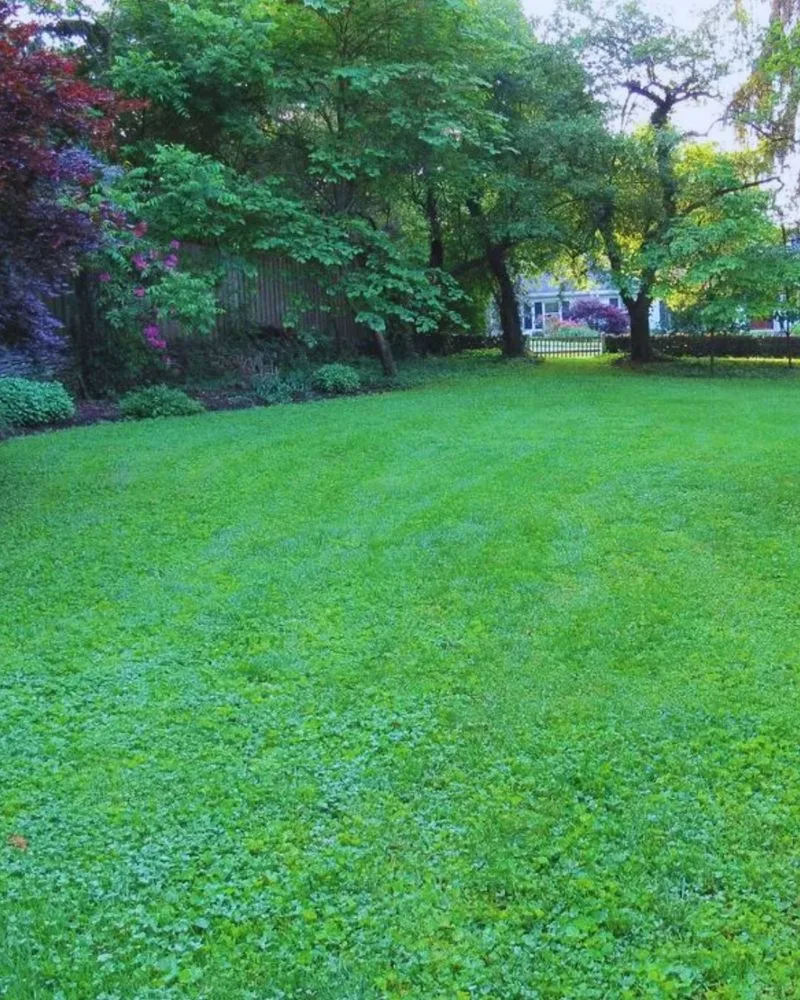
Microclover lawns offer a modern twist on traditional grass. By integrating microclover, these lawns require less mowing, watering, and fertilizing, making them eco-friendly and easy to maintain. Microclover’s nitrogen-fixing ability improves soil health, supporting a vibrant landscape. This trend is ideal for those seeking a sustainable lawn solution that combines beauty with practicality. As microclover lawns become more popular, they represent a shift towards low-maintenance, environmentally friendly gardening options that cater to modern lifestyles. The result is a resilient and visually appealing lawn that thrives with minimal effort.
Regenerative Gardening
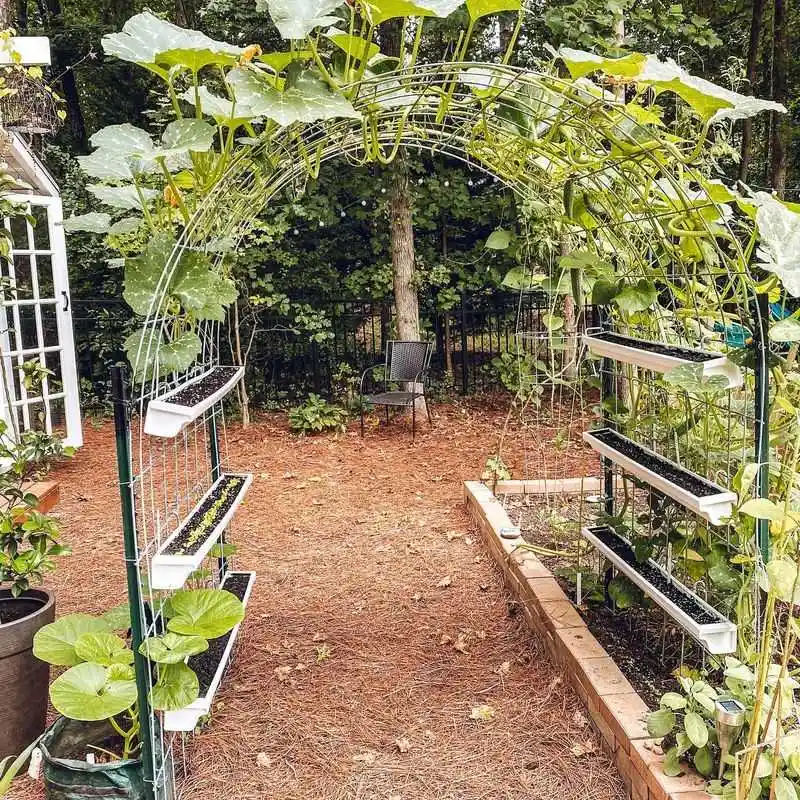
Regenerative gardening focuses on restoring soil health and biodiversity, offering a holistic approach to gardening. Techniques like composting, mulching, and cover cropping enhance soil fertility and structure. This trend aligns with sustainable agriculture practices, emphasizing ecological balance and resilience. Gardeners adopting regenerative methods contribute to a healthier ecosystem, supporting plant growth and wildlife. Regenerative gardening is perfect for those passionate about environmental stewardship, as it promotes long-term sustainability. By nurturing the soil, gardeners create thriving landscapes that benefit both nature and future generations, fostering a regenerative future.
Solar-Powered Garden Lighting

Solar-powered garden lighting is illuminating outdoor spaces with sustainable style. These lights harness the sun’s energy, providing eco-friendly illumination for pathways, patios, and garden features. With no need for electrical wiring, installation is simple and cost-effective. This trend combines functionality with environmental consciousness, appealing to those who appreciate green technology. Solar lights come in various designs, adding aesthetic value to gardens both day and night. As energy efficiency becomes a priority, solar-powered lighting offers an elegant solution for creating enchanting garden atmospheres without increasing electricity bills.

